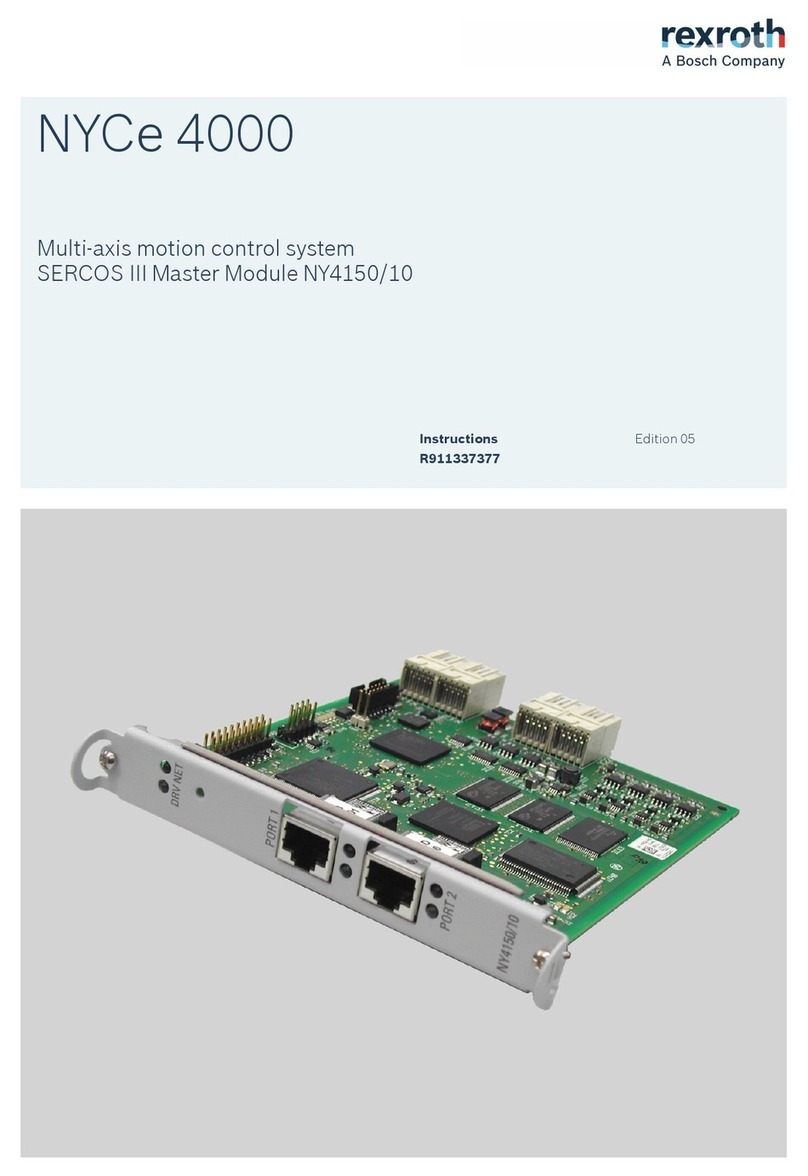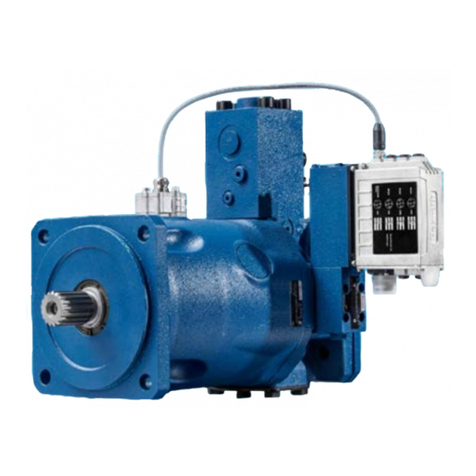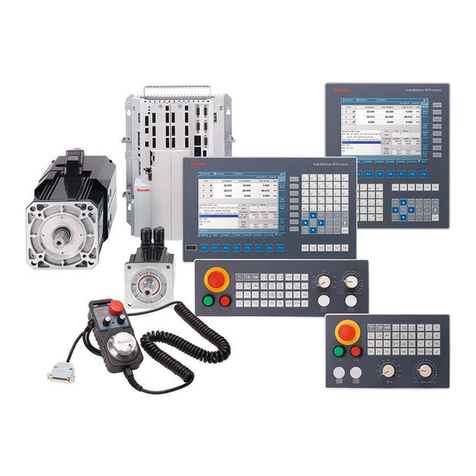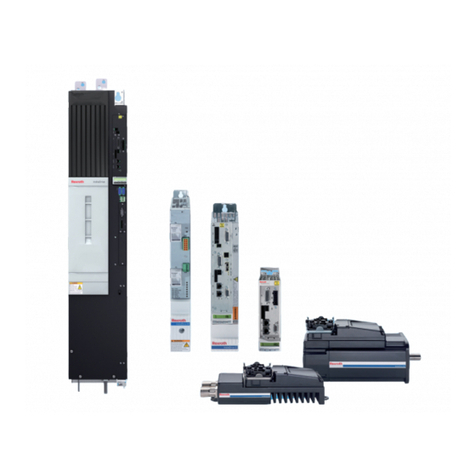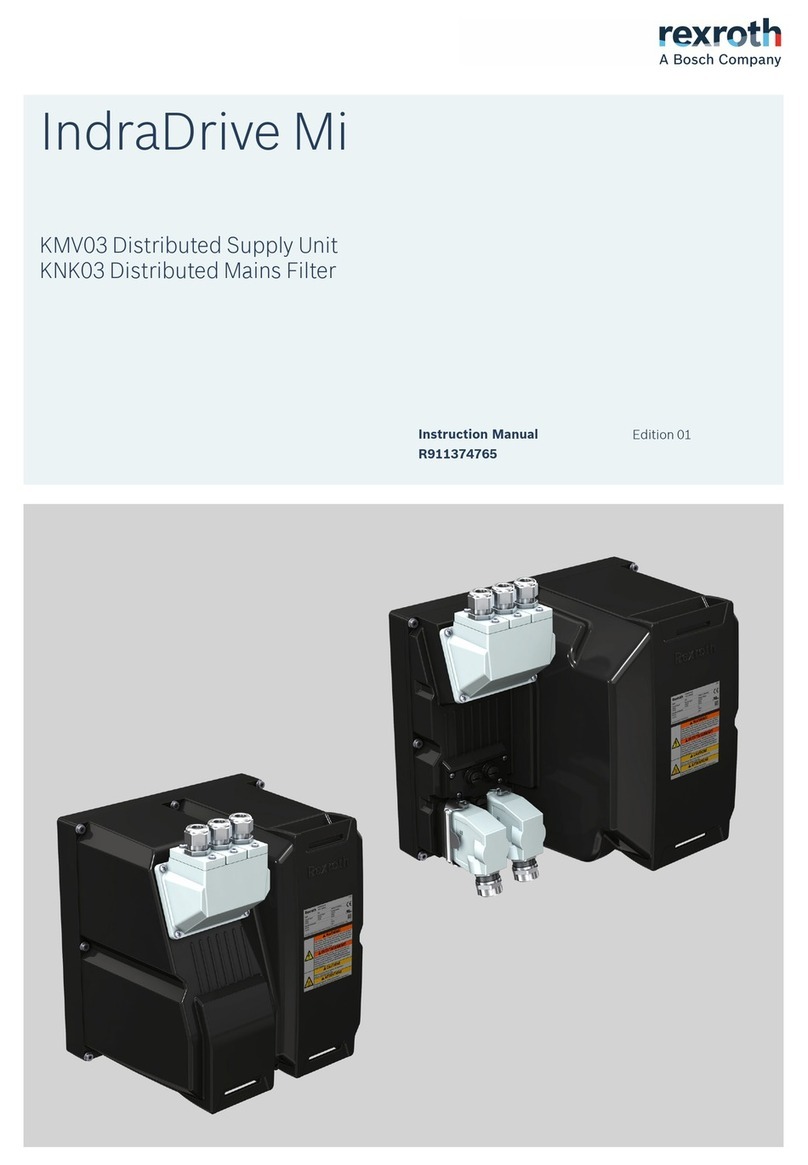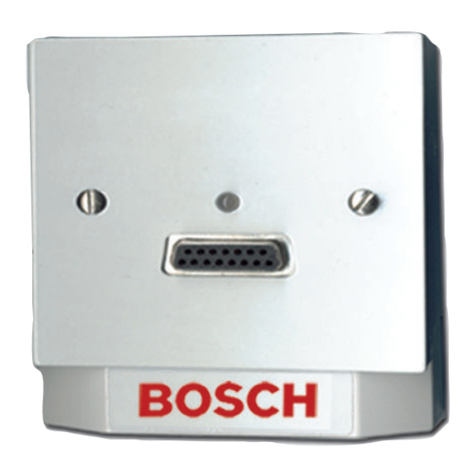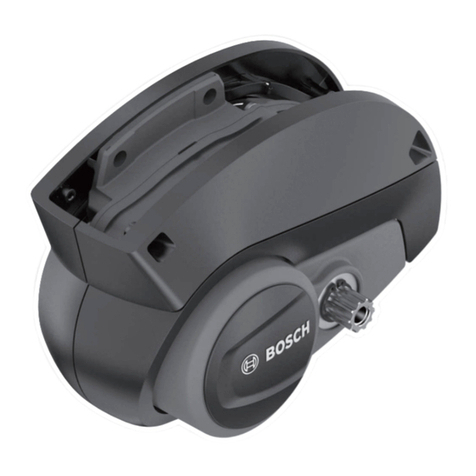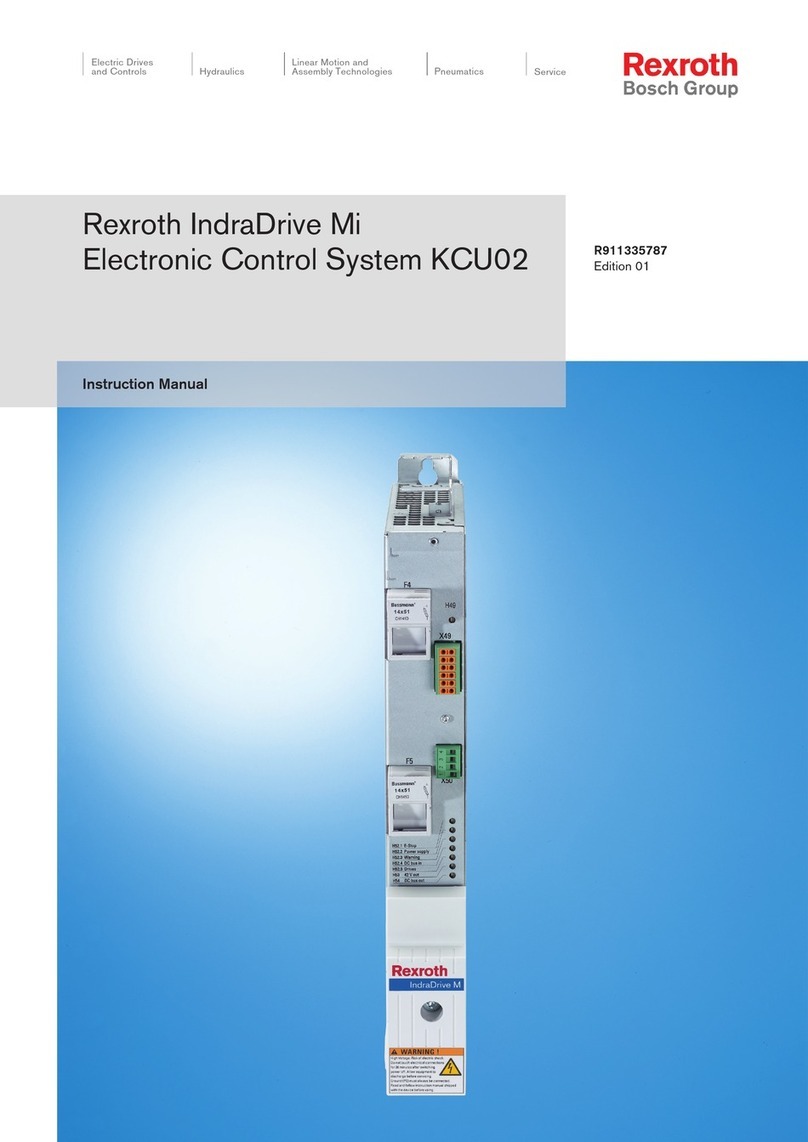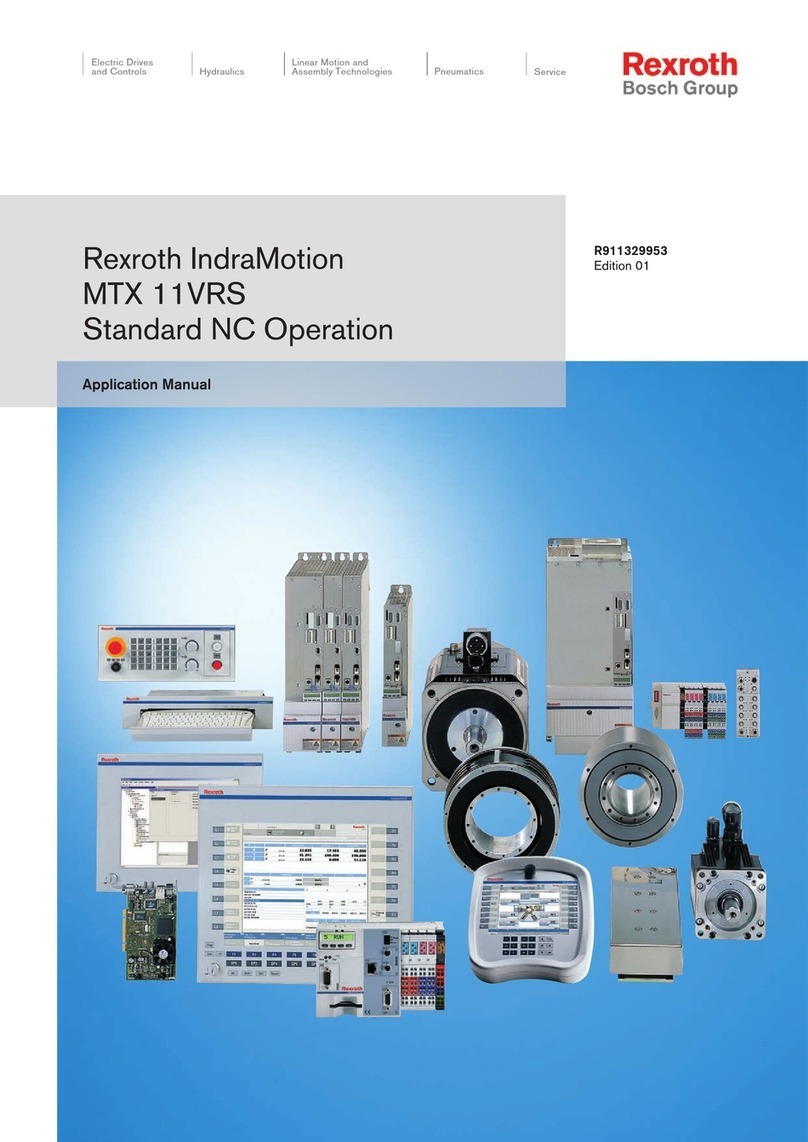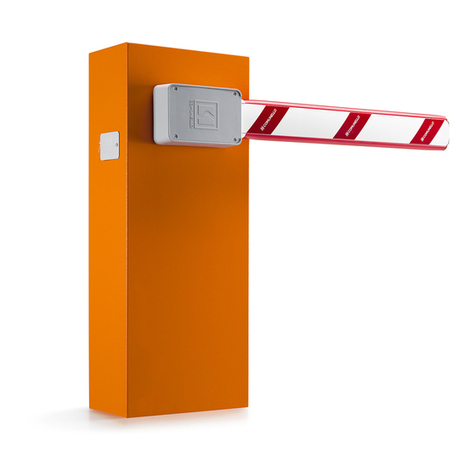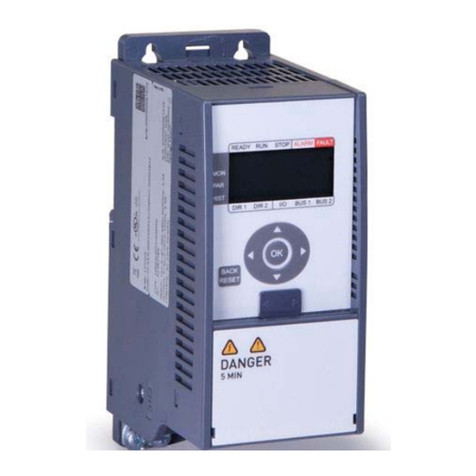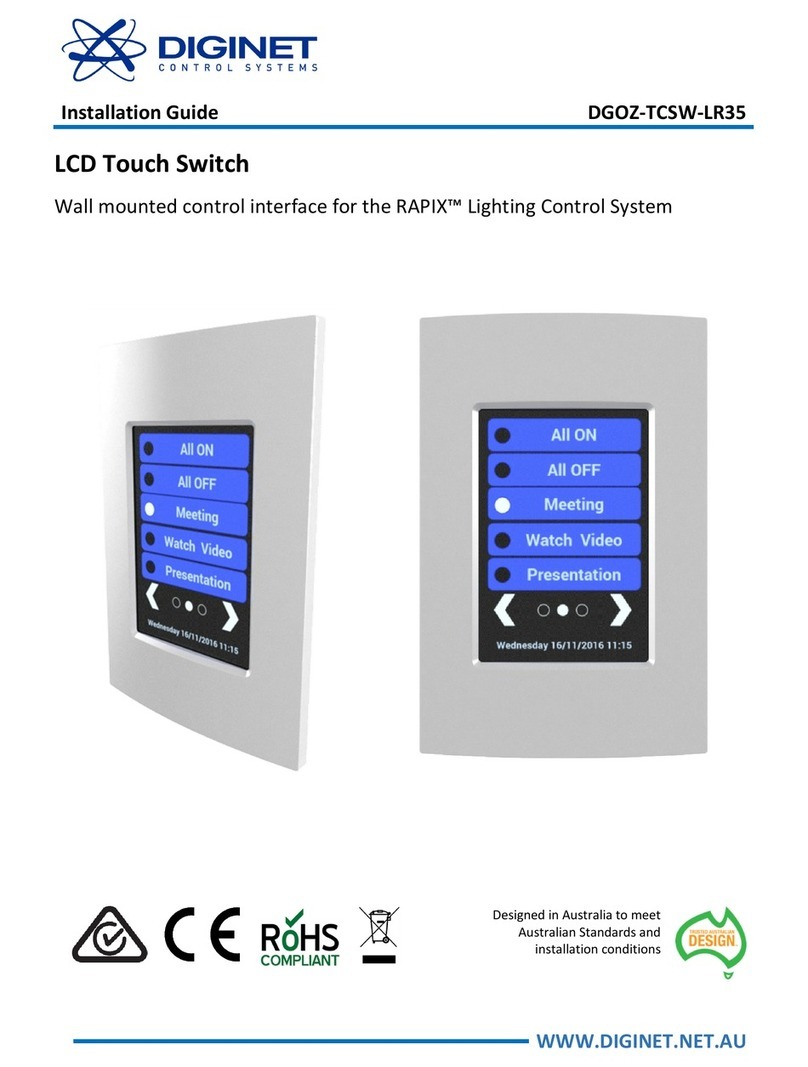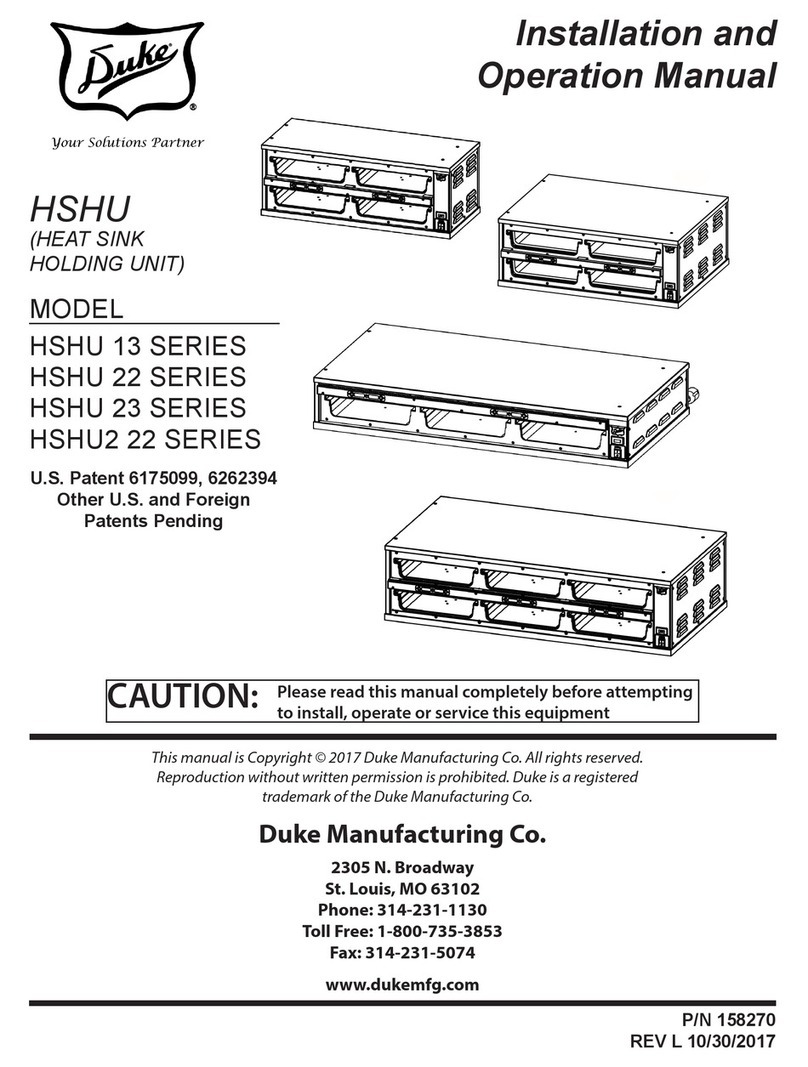
8en | Security Escort system architecture Security Escort
2019.08 | V2.18.1.6 | DOC Technical Reference Manual Bosch Security Systems B.V.
2 Security Escort system architecture
2.1 System overview
The Security Escort System consists of five basic components: transmitters, receivers, alert
units, transponders, and the Central Console.
The transmitter is a miniature, radio transmitter, used to transmit either a distress or a test
signal. The receivers are located throughout a protected area, and detect the radio
transmissions from transmitters. Alert units are siren/strobe units activated in the event of an
alarm. Transponders are devices that control groups of receivers and alert units, connected to
them by wire. Each transponder relays alarm and test signals from its receivers to the central
console. In addition, the transponder tests for device and wiring faults, and transmits problem
conditions to the central console. The Central Console consists of a computer (the master
computer), an optional backup computer (the slave computer). Up to eight optional
workstation computers can be used to receive alarm and trouble signals from the
transponders, analyze the signals, activate strobes and sirens on the alert units, and produce a
display for the security dispatcher. Each of these system elements is described in further
detail below.
2.2 System components
2.2.1 Transmitter
There are several types of transmitters for personal use; those normally assigned to system
subscribers, one for security personnel, and one for maintenance personnel. Each transmitter
type serves a different purpose. All versions of transmitters for personal use produce alarm
and test transmissions.
Subscriber transmitter
Each transmitter contains a unique code, which is associated with the subscriber at the time
the transmitter is assigned. In the event of an emergency, press and hold the alarm button(s)
for 1 sec. to produce an alarm (see your transmitter user manual). Optionally, within
approximately 2 sec., the sounders in a nearby receiver activate, as well as the strobes and
sirens on nearby alert units.
The transmitters have a second feature, the test mode. When the user is indoors, in sight of an
interior receiver or outdoors, in sight of an alert unit, pressing the test sequence performs a
test (see your transmitter User’s Manual). If the test is successful, a small green light flashes
on the interior receiver, or the strobe on an alert unit flashes briefly. There is no response at
all if the test fails. If the test fails, the user should try again. If there is still no response, the
user should contact the security office as soon as possible. Every successful test is recorded
in the Subscriber Database in the Central Console software and optionally printed on the
hardcopy printer. The Subscriber Database contains all of the information relating to each
subscriber, including the date and time of the most recent test transmission. It is possible to
search the Subscriber Database for individuals who have not performed tests for a specified
period of time.
Security transmitter
The security transmitters are unique in the way that both tests and alarms are processed.
Outwardly, security transmitters perform in the same manner as normal transmitters during
testing. That is, strobes flash on alert units and green lights flash on receivers to confirm a
successful test. However, when a security transmitter is tested within close proximity of a
receiver, the Central Console records not only the user identity, and the date and time (as
with a normal user test) but also the location of the officer at the time of the test. These tests
